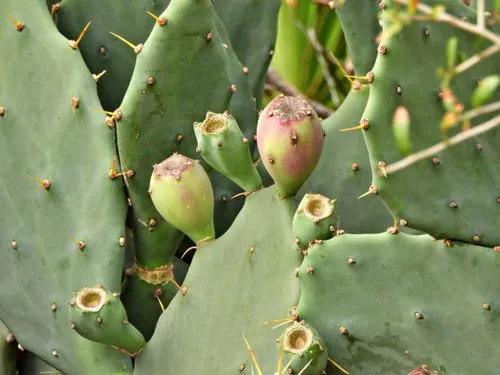Erythrina falcata (syn. Corallodendron falcatum (Benth.) Kuntze, Erythrina crista-galli L. var. inermis Speg., Erythrina martii Colla), commonly known as the Brazilian coral tree, is a timber tree native to Atlantic Forest vegetation in Brazil, Paraguay and Argentina. This plant is also used as a medicinal plant and ornamental plant which is attractive to birds.
Brazilian Coral Tree Care
Erythrina Falcata



Erythrina falcata is a spiny deciduous tree with an open, globose crown; it can grow 20 - 30 metres tall. The bole can be 50 - 90cm in diameter The tree is harvested from the wild for local use as a food, medicine and source of wood. It can be grown as a pioneer species, especially when establishing woodland in wetter soils. The plant is very ornamental, valued especially for its stunning floral display - it is very suitable for landscaping, planting in parks and large gardens etc, but has been largely ignored. Known Hazards All Erythrina species contain greater or lesser amounts of toxic alkaloids - these can be found in all parts of the plant but are usually most concentrated in the seeds. Concentrations vary from species to species, in some it is low enough that the plant is safely used as a food. In many, the alkaloids are utilized for their medicinal effects. We have no specific information on the concentration of the alkaloids in this species, but care should be exercised in any use of the plant that involves ingestion. These alkaloids have a curare-like action (obtained from Strychnos species) and can cause paralysis and even death by respiratory failure
Discover more plants with the list below
Popular articles






